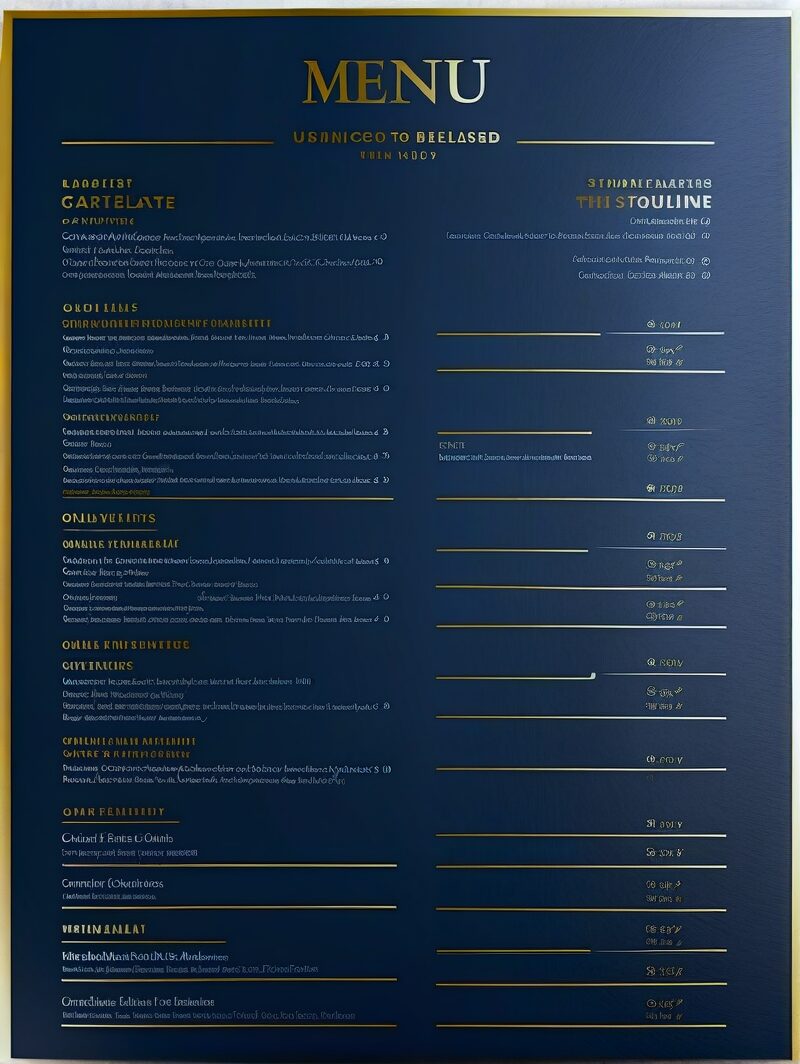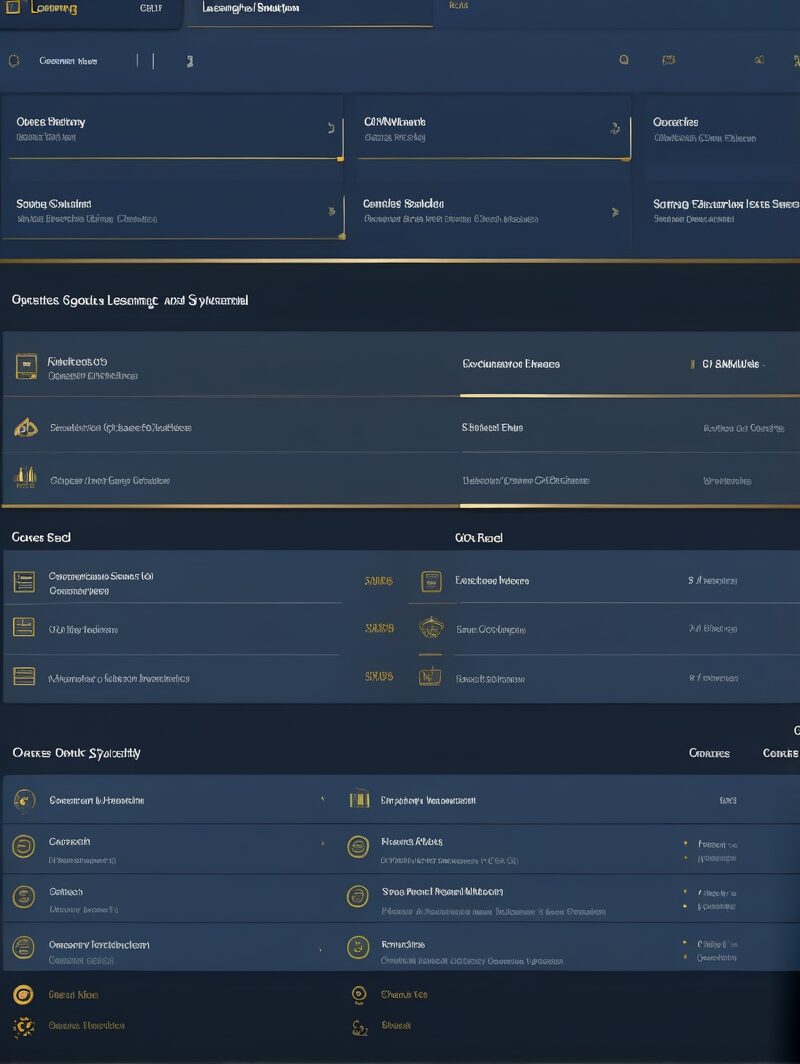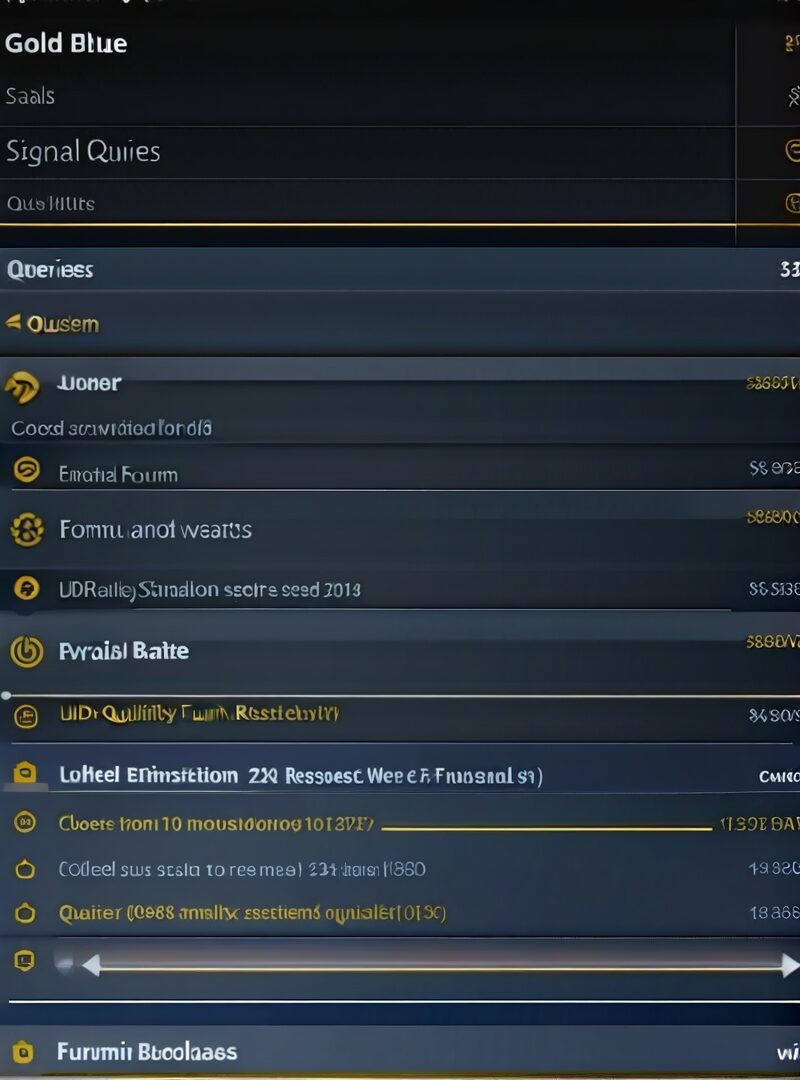Essential Regulatory Resources
Comprehensive Pharmacovigilance Guidelines
Explore our curated collection of regulatory materials essential for effective pharmacovigilance practices.

Why Regulatory Material Matters
The Backbone of Pharmacovigilance
Regulatory materials are crucial for ensuring the safety and efficacy of medicinal products. They provide the framework for compliance and help in the monitoring of adverse drug reactions. Understanding these guidelines is essential for anyone involved in pharmacovigilance.
Regulatory Material

ICH E2E Guideline
This guideline provides a comprehensive framework for pharmacovigilance planning and signal detection.
Free
FDA Guidance on REMS
Learn about the Risk Evaluation and Mitigation Strategies (REMS) required by the FDA to ensure drug safety.
Free
EMA Guideline on Good Pharmacovigilance Practices
A detailed guide by the European Medicines Agency on the best practices for pharmacovigilance.
Free
MHRA Yellow Card Scheme
Understand the UK’s system for collecting and monitoring information on suspected safety concerns or incidents involving medicines and medical devices.
Free
WHO Pharmacovigilance Indicators
Explore the World Health Organization’s indicators for the assessment of pharmacovigilance systems.
Free
Stay Updated with Regulatory News
Subscribe to our newsletter to receive the latest updates on regulatory guidelines and product safety directly to your inbox. Stay informed and ahead in the field of pharmacovigilance with PVsignal.guru.
Frequently Asked Questions
What is a pharmacovigilance signal?
A pharmacovigilance signal is information that arises from one or multiple sources, including observations and experiments, which suggests a new potentially causal association, or a new aspect of a known association, between an intervention and an event or set of related events.
How are signals detected?
Signals are detected through various methods such as spontaneous reporting systems, clinical trials, literature reviews, and data mining techniques. The process involves the collection, analysis, and interpretation of data to identify potential safety concerns.
What steps are involved in signal management?
Signal management involves several steps: signal detection, signal validation, signal prioritization, signal assessment, and recommendation for action. Each step is crucial to ensure the safety and efficacy of medicinal products.
Why is signal management important?
Signal management is important because it helps in the early identification of potential safety issues with medicinal products. This proactive approach ensures timely interventions, safeguarding public health and maintaining trust in pharmaceutical products.
Who is responsible for signal management?
Signal management is a collaborative effort involving regulatory authorities, pharmaceutical companies, healthcare professionals, and patients. Each stakeholder plays a critical role in the detection, assessment, and communication of safety signals.
How can I contribute to signal detection?
Healthcare professionals and patients can contribute to signal detection by reporting adverse drug reactions (ADRs) to regulatory authorities or pharmaceutical companies. Active participation in pharmacovigilance activities helps in the early identification of safety concerns.
What tools are used in signal detection?
Various tools are used in signal detection, including statistical algorithms, data mining software, and electronic health records. These tools help in analyzing large datasets to identify potential safety signals efficiently.
What is the role of regulatory authorities in signal management?
Regulatory authorities play a pivotal role in signal management by setting guidelines, monitoring safety data, and taking regulatory actions based on the assessment of signals. They ensure that the benefits of medicinal products outweigh the risks.
How does PVsignal.guru support signal management?
PVsignal.guru provides comprehensive resources, including courses, regulatory updates, and a community forum, to support individuals and organizations in effective signal management. Our platform is designed to enhance learning and collaboration in the field of pharmacovigilance.


